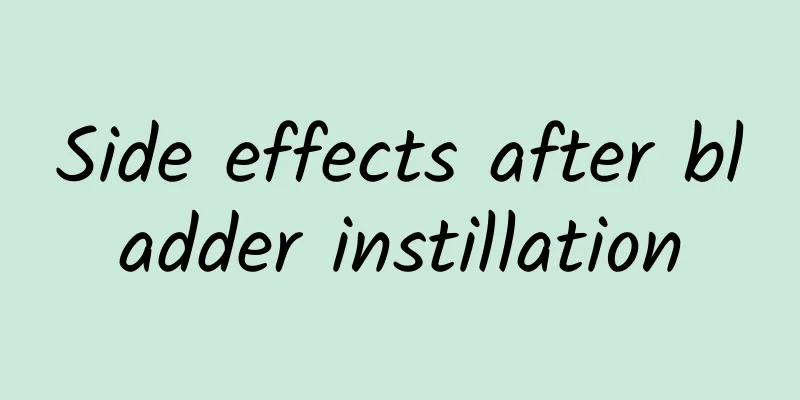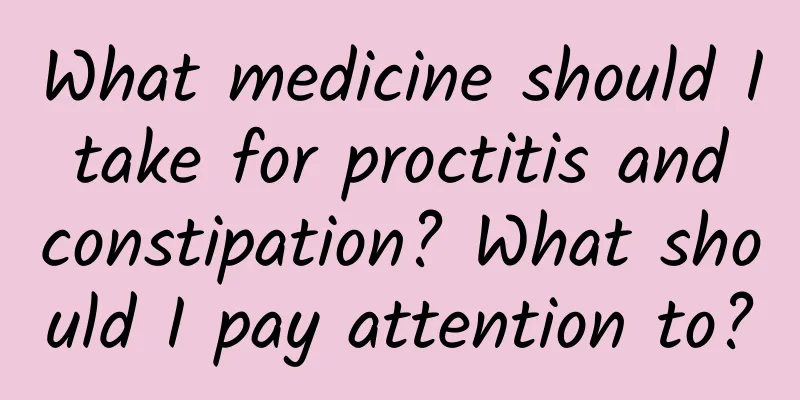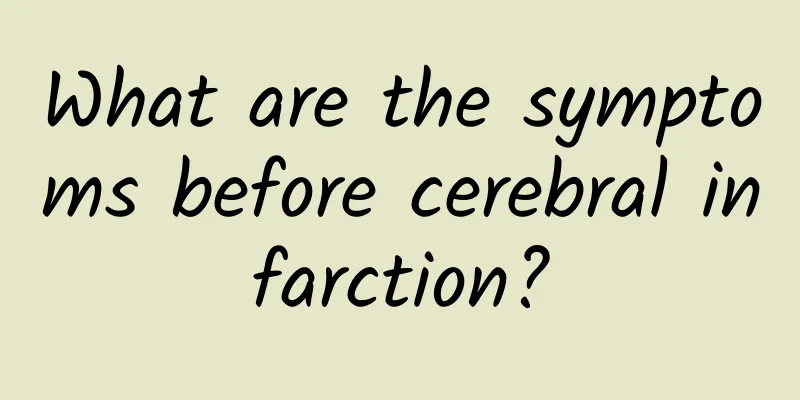What to do if you have heart block?

|
Heart block may be in the sinoatrial or atrioventricular area, and there may be some inflammation, ischemia, infarction, and other diseases. Therefore, we should pay attention to the manifestation of these symptoms, especially if you often feel palpitations, dizziness, fatigue, or even accompanied by convulsions. You must go to the hospital for a comprehensive examination. 1. There are many causes of sinoatrial, atrioventricular or bundle branch block, mainly inflammation, ischemia, infarction, fibrosis and atrioventricular hypertrophy and dilatation, which damage the conduction tissue. Generally speaking, left bundle branch block is mainly seen in diseases affecting the left ventricle (such as hypertension, coronary heart disease, mitral regurgitation, aortic valve disease, myocarditis, cardiomyopathy, etc.), right bundle branch block is mainly seen in diseases affecting the right ventricle (such as cor pulmonale, atrial septal defect, mitral stenosis, right coronary artery disease, etc.) and diseases that mainly affect the left ventricle involve the right ventricle in the middle and late stages (such as mitral regurgitation, etc.). 2. Mild sinoatrial or atrioventricular block often has no symptoms; moderate to severe sinoatrial or atrioventricular block, due to slower heart rate or irregular heart rhythm, patients often feel palpitations, dizziness, fatigue, and even syncope and convulsions (A-Stokes syndrome). Unilateral bundle branch block itself does not cause symptoms; the presence or absence of symptoms depends on the underlying disorder and its severity. Sinoatrial block is mostly chronic, atrioventricular block can be acute or chronic, and bundle branch block is mostly permanent, but a few are temporary or intermittent (caused by acute inflammation or ischemia). 3. For mild sinoatrial or atrioventricular block, treatment is mainly targeted at the primary disease (such as lowering blood pressure, improving myocardial blood supply, anti-inflammatory or anti-rheumatic, myocardial nutrition, etc.); for moderate to severe sinoatrial or atrioventricular block, in addition to active treatment of the primary disease, intravenous atropine, isoproterenol or dexamethasone is also required to increase heart rate, accelerate sinoatrial or atrioventricular conduction, and place a temporary or permanent pacemaker if necessary. Bundle branch block itself does not require treatment, nor does it have any specific drug treatment. It also has no significant impact on prognosis. The main factor affecting prognosis is the severity of the primary disease. However, if unilateral bundle branch block develops into bilateral or triple bundle branch block, the electrical excitation of the sinoatrial node cannot be transmitted to the ventricles. At this time, the ventricles are controlled by extremely low-frequency rhythm points, the heart rate is often very slow, and a permanent pacemaker is often required. |
<<: How to treat uremia? Common treatments for uremia
>>: What are the symptoms of blocked meridians in the head?
Recommend
Treat kidney deficiency! Moxibustion on 4 acupoints can help you replenish kidney qi
Kidney deficiency is a very serious matter for an...
Chinese medicine for gout
There are many kinds of drugs for the treatment o...
What to do if your vulva is itchy? Traditional Chinese medicine has some tricks to treat vulvar itching
Vulvar pruritus is a common symptom that occurs m...
How to identify gout when your big toe hurts
Gout is relatively common in our daily life. Ther...
How to make Xiang Shao Dan
One of the more popular foods nowadays is Xiang S...
What are the symptoms of genital herpes in men?
Male genital herpes is a very harmful infectious ...
What happens if you inhale too much nitrogen?
Everyone knows that nitrogen is a colorless and o...
Symptoms of cervical radiculopathy
No matter how successful a person's career is...
Can I scrape my belly?
Many people like scraping. Scraping is a very goo...
The efficacy and function of Gan Tai Le
As the name suggests, LiverTele is a medicine tha...
Atrial fibrillation daily precautions, four aspects need to be paid attention to
Patients with atrial fibrillation should pay spec...
Introduction to adenomyosis with adenomyoma
Many female friends may not be familiar with the ...
How to cure insomnia to recover
Insomnia is very common in life, and there are ma...
What diseases can bear bile rescue pills cure?
When talking about Bear Bile Heart-Rescuing Pills...
Symptoms of mutism
Mutism mainly refers to a person's silence, b...









